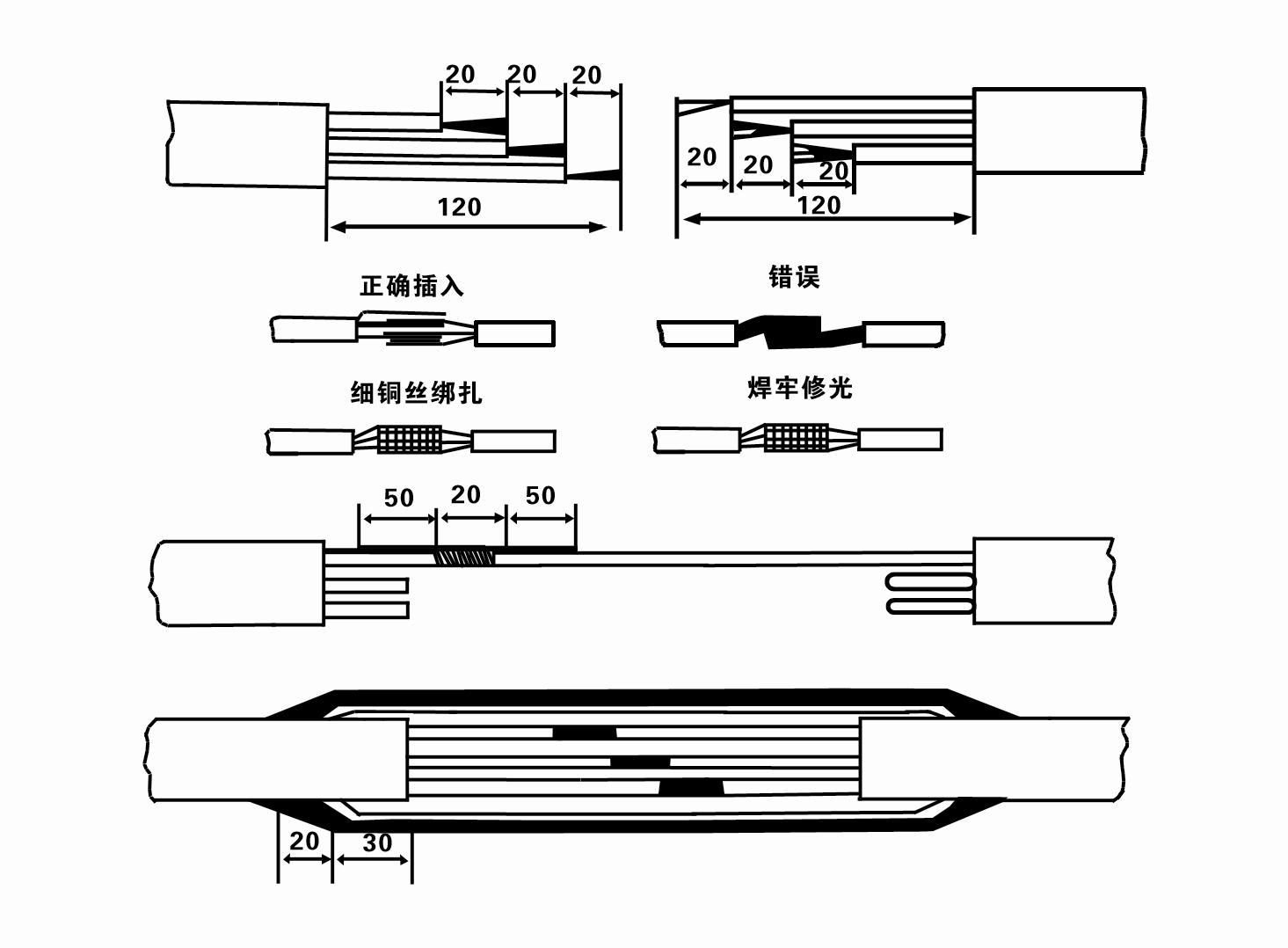Aug . 02, 2024 14:41 Back to list
Efficient Solutions for Deep Well Water Extraction with DC Submersible Pumps for Optimal Performance
Understanding DC Submersible Well Pumps
In the realm of water extraction and irrigation, the choice of a well pump is paramount. Among various options available, the DC submersible well pump has gained significant popularity over the years, especially for applications that require energy efficiency and reliability. This article delves into the features, advantages, and considerations associated with DC submersible well pumps.
What is a DC Submersible Well Pump?
A DC submersible well pump is a type of pump designed to operate underwater, typically submerged in an aquifer or well. Unlike conventional pumps that may employ AC (alternating current) power, these pumps run on direct current (DC) electricity. This fundamental difference offers notable advantages in specific settings, particularly where renewable energy sources are utilized, such as solar power.
Key Features
1. Submersible Design As the name suggests, these pumps are engineered to be placed underground, offering protection from environmental factors and ensuring reduced noise levels. Their submerged nature prevents the need for priming, as they are designed to push water to the surface rather than pull it.
2. Energy Efficiency One of the standout features of DC submersible pumps is their energy efficiency. When paired with solar panels or battery systems, these pumps can operate at a fraction of the cost of their AC counterparts. This makes them particularly appealing for remote areas where electricity is scarce or expensive.
3. Compact and Versatile DC submersible well pumps are typically smaller and lighter compared to traditional pumps, making them easier to install and manage. They can be deployed in various environments and are capable of handling different water capacities and depths.
Advantages of DC Submersible Well Pumps
1. Renewable Energy Compatibility The ability to connect directly to solar panels makes DC submersible pumps ideal for sustainable water management systems. This reduces dependency on fossil fuels and minimizes carbon footprints.
dc submersible well pump

2. Reliability and Durability Built to withstand harsh conditions, these pumps are less prone to corrosion and mechanical failures. Their construction typically includes high-quality materials that enhance longevity and ensure dependable performance over time.
3. Cost-Effectiveness Although the initial investment for a DC submersible well pump may be higher than traditional pumps, the overall cost savings in energy consumption, maintenance, and operation can be substantial in the long run.
Considerations
Despite their advantages, several factors should be taken into account when considering a DC submersible well pump
1. Power Supply While these pumps can operate on battery systems, ensuring a reliable power supply—whether through solar panels or other means—is crucial for uninterrupted performance.
2. Well Depth Assessing the depth of the well and the required flow rate is vital. Selecting the appropriate pump capacity is essential to meet water demand efficiently.
3. Maintenance Regular maintenance is key to preserving the functionality of the pump. Although they are designed for durability, routine checks can prevent unforeseen issues and prolong its lifespan.
Conclusion
DC submersible well pumps represent a compelling choice for those seeking an efficient, reliable, and environmentally-friendly solution for water extraction. Their ability to integrate seamlessly with renewable energy sources like solar power makes them increasingly relevant in today's push for sustainable practices. By understanding their features, advantages, and operational considerations, users can make informed decisions that benefit both their water management needs and the environment. Whether for agricultural, residential, or industrial use, the DC submersible well pump stands out as a robust solution in modern water management.
-
Submersible Water Pump: The Efficient 'Power Pioneer' of the Underwater World
NewsJul.01,2025
-
Submersible Pond Pump: The Hidden Guardian of Water Landscape Ecology
NewsJul.01,2025
-
Stainless Well Pump: A Reliable and Durable Pumping Main Force
NewsJul.01,2025
-
Stainless Steel Submersible Pump: An Efficient and Versatile Tool for Underwater Operations
NewsJul.01,2025
-
Deep Well Submersible Pump: An Efficient 'Sucker' of Groundwater Sources
NewsJul.01,2025
-
Deep Water Well Pump: An Efficient 'Sucker' of Groundwater Sources
NewsJul.01,2025
-
 Submersible Water Pump: The Efficient 'Power Pioneer' of the Underwater WorldIn the field of hydraulic equipment, the Submersible Water Pump has become the core equipment for underwater operations and water resource transportation due to its unique design and excellent performance.Detail
Submersible Water Pump: The Efficient 'Power Pioneer' of the Underwater WorldIn the field of hydraulic equipment, the Submersible Water Pump has become the core equipment for underwater operations and water resource transportation due to its unique design and excellent performance.Detail -
 Submersible Pond Pump: The Hidden Guardian of Water Landscape EcologyIn courtyard landscapes, ecological ponds, and even small-scale water conservancy projects, there is a silent yet indispensable equipment - the Submersible Pond Pump.Detail
Submersible Pond Pump: The Hidden Guardian of Water Landscape EcologyIn courtyard landscapes, ecological ponds, and even small-scale water conservancy projects, there is a silent yet indispensable equipment - the Submersible Pond Pump.Detail -
 Stainless Well Pump: A Reliable and Durable Pumping Main ForceIn the field of water resource transportation, Stainless Well Pump has become the core equipment for various pumping scenarios with its excellent performance and reliable quality.Detail
Stainless Well Pump: A Reliable and Durable Pumping Main ForceIn the field of water resource transportation, Stainless Well Pump has become the core equipment for various pumping scenarios with its excellent performance and reliable quality.Detail
